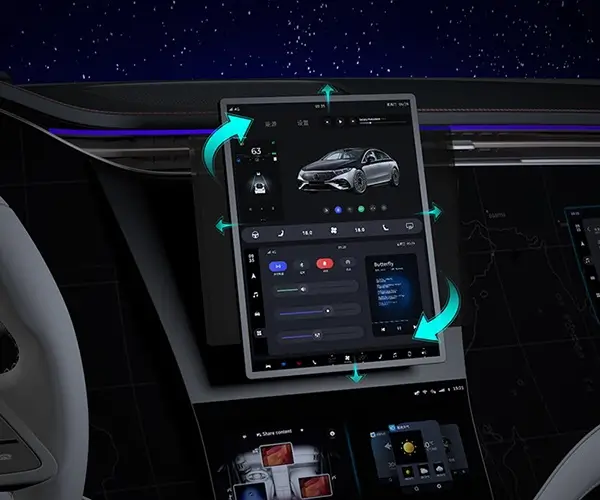When it comes to controlling brushless motors, the circuit diagram is like the blueprint that makes everything tick. Think of it as the wiring map that guides electrons through a complex dance, turning your ideas into motion. If you've ever wondered what’s behind that smooth spin of a drone propeller or the silent glide of an electric skateboard, it's often that precise ESC (Electronic Speed Controller) circuit diagram doing all the heavy lifting.

Now, picture this: you’re tinkering with a project, ready to upgrade or build your own brushless motor system. What’s the first thing you need? Knowing how to read or design an ESC circuit diagram. It’s not just a jumble of lines; it’s a carefully crafted plan that shows the connections between power sources, FETs, microcontrollers, and sensors. A well-designed diagram ensures the motor gets just the right amount of power at the right time, preventing failures and boosting efficiency.
The beauty of a good ESC circuit? It balances complexity and simplicity. For example, in many diagrams, the power stage with MOSFETs will be laid out to handle high currents, while the control logic uses a microcontroller to interpret signals from a throttle. Seeing this in action helps you understand how the ESC modulates power, providing smooth acceleration and precise speed control. It’s more than just a circuit; it’s motor control artistry.
Curious if it’s complicated? Honestly, with the right schematic, even a beginner can get a grasp. Think of it like following a recipe: ingredients are components, steps are connections. Once you understand how they fit together, alignments start to make sense. And if a part seems confusing—say, how the sensor feedback integrates—that’s where a good circuit diagram shines, showing exactly which pin goes where.
Here’s a quick thought—why does the circuit diagram matter so much? Well, it’s the foundation. Whether you are designing your own ESC from scratch or troubleshooting an existing one, visualizing the connections saves time and prevents disastrous mistakes. A clear diagram reveals how the different sections—like power stage, control logic, and feedback loop—interact seamlessly.
In real-world applications, having a detailed circuit diagram helps in customizing features—perhaps adding overcurrent protection or tweaking the PWM signals. It becomes your map, guiding modifications without guesswork. Think about the last time you faced a motor hiccup; chances are, a comprehensive diagram could have expedited the diagnosis.
So, if the idea of understanding the ESC circuit diagram excites you, you’re on the right track. Dive into the schematics, explore how components connect, and watch how that tiny diagram transforms into a powerhouse of motion. It’s where your ideas turn into mechanical magic—powerful, reliable, beautifully engineered.
Leveraging innovations in modular drive technology, Kpower integrates high-performance motors, precision reducers, and multi-protocol control systems to provide efficient and customized smart drive system solutions.




































